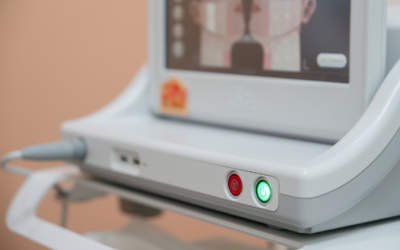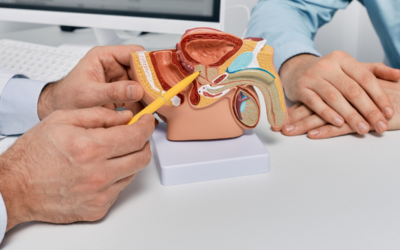

Treatment and prevention of ureter stones
Tiny kidney stones can usually travel through the urinary system and be expelled in urine without causing any problems. Larger stones, however, may become stuck in the ureters, which are the thin tubes that transport urine from the kidneys to the bladder. This may result in severe pain, blood in the urine or even urinary infection. These are some of the treatment options to remove the stones.
Follow us on Telegram for the latest updates: https://t.me/AsiaMDsg
Extracorporeal shock wave lithotripsy
Extracorporeal shock wave lithotripsy (ESWL) is a non-invasive procedure that uses shock waves to break up larger stones into smaller pieces so that these can be passed out in urine. A machine called a lithotripter is used to send focused sound waves through skin and tissue to shatter the stones. ESWL Is the least invasive way to remove larger ureter stones.
Ureteroscopy
ESWL cannot be used on some patients, such as pregnant women, and may not be effective for others, such as people who are morbidly obese. An alternative treatment for these patients is ureteroscopy, which involves feeding a long flexible telescope, called a ureteroscope, up the ureter to find the stones and remove them. The ureteroscope has a basket device to capture smaller stones, and may have a laser fibre to fragment larger stones for removal.
Preventing ureter stones
To prevent the recurrence of the stones, however, patients may need to make some lifestyle changes. Many patients have calcium oxalate stones that are caused by insufficient water intake, or too much salt or animal protein in their diet. For such patients, doctors recommend drinking at least two and a half to three litres of water every day, limiting animal protein to two or three servings per day, and cutting back on packaged and fast foods that are often high in sodium.
For patients whose stones are the result of medical conditions, further treatment may be required. For example, some stones are due to hyperparathyroidism, a condition in which parathyroid glands in the neck produce too much of the parathyroid hormone, upsetting the body’s calcium balance. In many cases, hyperparathyroidism is caused by a non-cancerous tumour called an adenoma on one of the glands, and surgery to remove it is the most common cure.
This article has been verified medically by Dr Sam Peh, consultant urologist at Surgi-TEN Specialists, Farrer Park Hospital (Singapore).






0 Comments